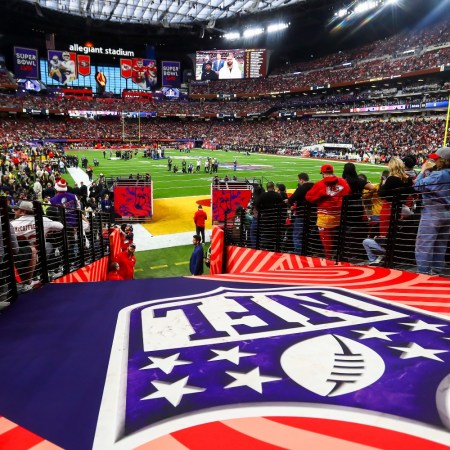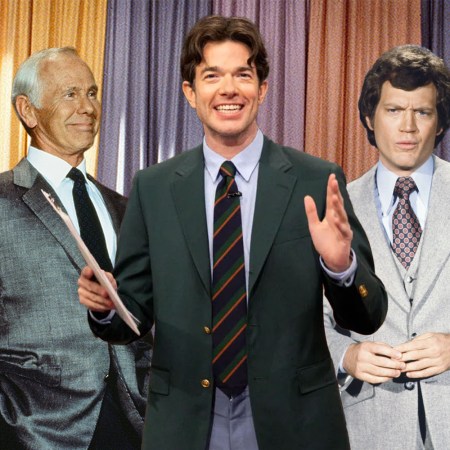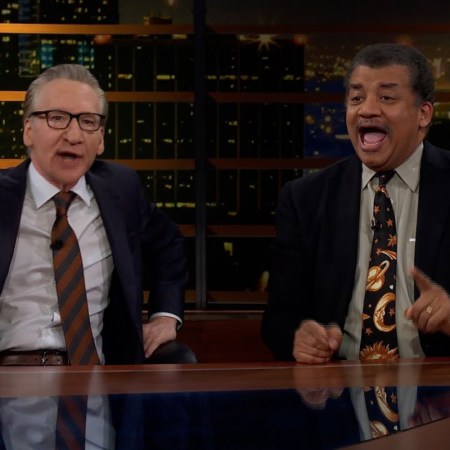Netflix co-founder Marc Randolph’s new book That Will Never Work: The Birth of Netflix and the Amazing Life of an Idea came out yesterday (Sept. 18), and today Vanity Fair has an excerpt from it in which Randolph recalls when he and his colleague Reed Hastings met with Blockbuster executives in 2000 in hopes of selling to the video-rental chain for $50 million.
It feels quaint nowadays, but Randolph writes about feeling like the scrappy upstart and being intimidated by Blockbuster’s fancy offices.
“The walls of Blockbuster’s lobby, like ours, were covered with framed movie posters, though I couldn’t help but notice that Blockbuster’s were framed considerably more tastefully, each movie in its own gleaming stainless steel frame, encircled by a ring of light bulbs like the marquee posters you see in theater lobbies,” he wrote. “‘Do you know what those things cost?’ I couldn’t help but mutter to Reed, as we were ushered into the conference room. I was already feeling a little like a country mouse in the big city — and in my shorts and T-shirt, a little chilly in the arctic blast of Texan AC — when the Blockbuster boys came in and introduced themselves.”
Randolph also makes note of Blockbuster CEO John Antioco’s nice shoes and recalls how back in the year 2000, being an online business instead of a brick-and-mortar store still made him feel like he was wearing a “scarlet letter.”
“As we shook hands with Antioco and his general counsel, Ed Stead, it was hard not to feel a bit intimidated,” he wrote. “It was partly the loafers. Antioco was wearing beautiful Italian shoes, and I was in shorts, a tie-dyed T-shirt, and flip-flops. Reed’s T-shirt was crisp, but it was still a T-shirt. And Barry, always the best dressed of the group…well, at least his Hawaiian shirt had buttons. Really, though, we were intimidated because Blockbuster was in a much stronger position. Flush with cash from its recent IPO, it wasn’t dependent on the good graces of V.C.s to keep it afloat. It wasn’t struggling with the scarlet letters ‘.com.’ There’s nothing like going into a negotiation knowing that the other side holds almost all the cards.”
Randolph and Hastings made their offer of $50 million, and as he notes, it didn’t go over so well.
“Through Reed’s pitch and Barry’s windup, I had been watching Antioco,” he recalls. “I had seen him use all the tricks that I’d also learned over the years: lean in, make eye contact, nod slowly when the speaker turns in your direction. Frame questions in a way that makes it clear you’re listening. But now that Reed had named a number, I saw something new, something I didn’t recognize, his earnest expression slightly unbalanced by a turning up at the corner of his mouth. It was tiny, involuntary, and vanished almost immediately. But as soon as I saw it, I knew what was happening: John Antioco was struggling not to laugh.”
Ultimately, however, Netflix obviously got the last laugh — something Randolph says they resolved to do after their unsuccessful bid.
“‘Blockbuster doesn’t want us,’ I said,” he writes. “‘So it’s obvious what we have to do now.’ I smiled. Couldn’t help it. ‘It looks like now we’re going to have to kick their ass.’”
Correction: a previous version of this post implied that Netflix tried to purchase Blockbuster in 2000. They offered to sell to Blockbuster that year for $50 million.
Thanks for reading InsideHook. Sign up for our daily newsletter and be in the know.

















